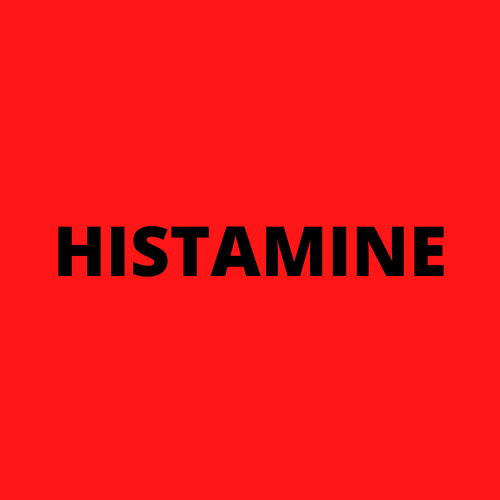
LIME ALLERGY
Key Allergens
Limes are citrus fruits in the Rutaceae family of fruits which includes oranges, lemons, grapefruit, sichuan pepper and kumquats.
Limes contain limonene, which is a component of the oils found in the peel of certain fruits. Limonene is a well known skin irritant - so may cause sufferers to react to the skin whilst being able to eat or drink the fruit.
There is an increasing amount of research into citrus seed allergy - it has been suggested that some allergic reactions have been triggered not by the fruit or peel, but by accidental consumption of the seeds. These allergic reactions may be triggered by proteins found in more commonly eaten seeds (like sunflower and pumpkin seeds) - seed storage proteins.
Like other citrus fruits limes contain furanocoumarins. These chemicals can get on the skin and in combination with ultraviolet light (sunlight) can cause a sunburn like rash. Furanocoumarins are found in higher concentrations in fresh herbs and are natural irritants which can cause allergic contact dermatitis. This is more common in occupations where you are frequently coming into contact with the food, like chefs, cooks, growers and pickers.
Limes contain limonene, which is a component of the oils found in the peel of certain fruits. Limonene is a well known skin irritant - so may cause sufferers to react to the skin whilst being able to eat or drink the fruit.
There is an increasing amount of research into citrus seed allergy - it has been suggested that some allergic reactions have been triggered not by the fruit or peel, but by accidental consumption of the seeds. These allergic reactions may be triggered by proteins found in more commonly eaten seeds (like sunflower and pumpkin seeds) - seed storage proteins.
Like other citrus fruits limes contain furanocoumarins. These chemicals can get on the skin and in combination with ultraviolet light (sunlight) can cause a sunburn like rash. Furanocoumarins are found in higher concentrations in fresh herbs and are natural irritants which can cause allergic contact dermatitis. This is more common in occupations where you are frequently coming into contact with the food, like chefs, cooks, growers and pickers.
Food Intolerances




Citrus fruits are considered to be high in histamine, so should be avoided for those who avoid high histamine foods.
Bottled lime juice can be high in sulphites as they are used as a preservative in these types of food. Sulphites are inorganic salts used in preservations and have the potential to cause symptoms of food intolerance to those sensitive to sulphites, this food intolerance is more common in asthmatics. An improvement in symptoms can be made with a change to a low sulphite diet.
Limes are low in salicylates, foods containing these have the potential to cause gastrointestinal food intolerance symptoms in people who are sensitive to salicylates.
Limes are a low FODMAP food so are suitable for those following this diet. FODMAP stands for Fermentable oligosaccharides, disaccharides, monosaccharides and polyols. Foods high in FODMAPs can cause symptoms of food intolerance, affecting the gastro intestinal system and this can be mistaken for a true IgE food allergy.
You can read more about Food Intolerances on the dedicated Food Intolerance Page.
Associated Syndromes
Eating limes is associated with phytophotodermatitis. This is a skin condition that occurs when a person gets the juice from the fruit on the skin and doesn't wash it off. The furocoumarins in the juice of the fruit are activated by the sun and cause an itchy rash on the skin.
Cross Reactivity
Other fruits in the Rutaceae family of fruits include oranges, lemons, grapefruit, sichuan pepper and kumquats. If you have allergic reactions to lime you may also react to other fruits in this family.
Resources
Websites
Histamine Intolerance Food List
ATP Science - Salicylate Foods
Articles and Journals
Food allergy outside the eight big foods in Europe: A systematic review and meta-analysis, 2024
Lime-Induced Phytophotodermatitis: A Rash That Requires Explicit Questioning, 2024
Recurrent Bilateral Lime Disease in a Young Female- Case Report, 2022
Anaphylaxis in a pectin- and cashew nut-allergic child caused by a citrus bath, 2022
Let me know if you found any of these interesting or useful.
If you spot an article or research that you think is interesting you can message me or tag me on Facebook, Instagram or Twitter - links at the bottom of the page.